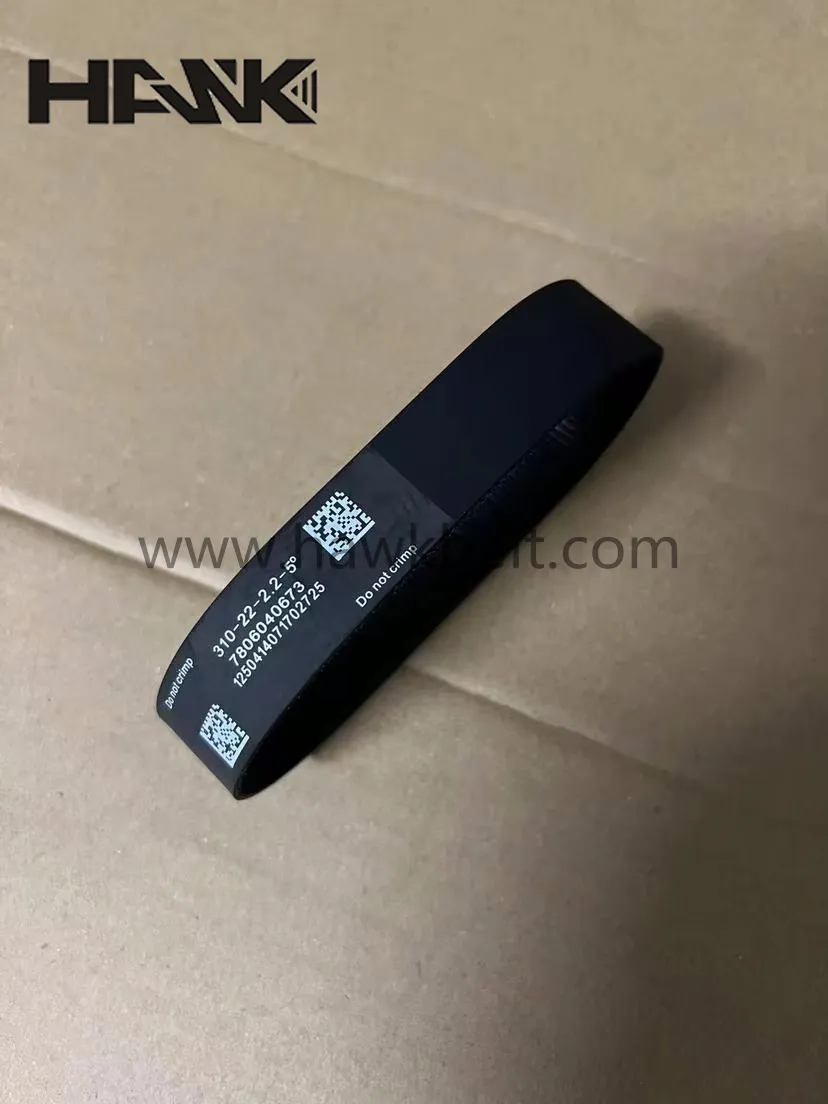- Arabic
- French
- Russian
- Spanish
- Portuguese
- Turkish
- Armenian
- English
- Albanian
- Amharic
- Azerbaijani
- Basque
- Belarusian
- Bengali
- Bosnian
- Bulgarian
- Catalan
- Cebuano
- Corsican
- Croatian
- Czech
- Danish
- Dutch
- Afrikaans
- Esperanto
- Estonian
- Finnish
- Frisian
- Galician
- Georgian
- German
- Greek
- Gujarati
- Haitian Creole
- hausa
- hawaiian
- Hebrew
- Hindi
- Miao
- Hungarian
- Icelandic
- igbo
- Indonesian
- irish
- Italian
- Japanese
- Javanese
- Kannada
- kazakh
- Khmer
- Rwandese
- Korean
- Kurdish
- Kyrgyz
- Lao
- Latin
- Latvian
- Lithuanian
- Luxembourgish
- Macedonian
- Malgashi
- Malay
- Malayalam
- Maltese
- Maori
- Marathi
- Mongolian
- Myanmar
- Nepali
- Norwegian
- Norwegian
- Occitan
- Pashto
- Persian
- Polish
- Punjabi
- Romanian
- Samoan
- Scottish Gaelic
- Serbian
- Sesotho
- Shona
- Sindhi
- Sinhala
- Slovak
- Slovenian
- Somali
- Sundanese
- Swahili
- Swedish
- Tagalog
- Tajik
- Tamil
- Tatar
- Telugu
- Thai
- Turkmen
- Ukrainian
- Urdu
- Uighur
- Uzbek
- Vietnamese
- Welsh
- Bantu
- Yiddish
- Yoruba
- Zulu
Kas . 16, 2024 13:29 Back to list
toothed belt and pulley
Understanding Toothed Belts and Pulleys Essential Components in Mechanical Systems
In the realm of mechanical engineering, the use of transmission systems is vital for the efficient functioning of various machines and equipment. Among these systems, toothed belts and pulleys have gained significant prominence due to their ability to offer precise control over motion, reduce slippage, and maintain high levels of efficiency. This article delves into the function, applications, and benefits of toothed belts and pulleys, shedding light on why they are indispensable in modern mechanical design.
What are Toothed Belts and Pulleys?
Toothed belts, also known as timing belts, are flexible looped belts with teeth or cogs running along their inner surface. These teeth engage with gears or pulleys equipped with matching cogs. This engagement prevents slippage, allowing for synchronous motion transfer between the belt and the pulley. Toothed belts are typically made from a combination of rubber or polyurethane, reinforced with fibers like Kevlar or fiberglass, leading to robust performance and durability.
Pulleys, on the other hand, are wheel-like components that guide the belt and facilitate motion transfer. They consist of a central hub around which the belt circulates, and their design can vary widely, with options for multiple grooves to accommodate various belt sizes and configurations.
How Toothed Belts and Pulleys Work Together
The operation of a toothed belt and pulley system is relatively straightforward yet ingeniously effective. As a motor or actuating device spins the pulley, the toothed belt moves in unison due to the interlocking teeth. This direct engagement means that the motion is consistently accurate, making it ideal for applications requiring a precise power transmission.
The advantages of using toothed belts over traditional flat belts include their ability to handle higher loads without slipping and the capacity for maintaining accurate timing. These characteristics render toothed belts and pulleys an excellent choice for automation systems, CNC machines, robotics, and automotive applications.
Applications in Various Industries
Toothed belts and pulleys find applications across various industries due to their reliability and performance. Here are a few notable examples
1. Automotive Industry Toothed belts are commonly employed in automotive engines to synchronize the rotation of camshafts and crankshafts. This ensures that the timing of engine components remains precise, significantly impacting overall engine performance.
toothed belt and pulley

2. Manufacturing In manufacturing systems, toothed belts and pulleys are often used in conveyor systems, robotic arms, and packaging machines. Their ability to provide synchronous motion makes them ideal for applications where timing is critical.
3. Textile Industry The textile industry utilizes toothed belts in knitting and weaving machines, where they drive various components at consistent speeds, thereby ensuring high-quality production.
4. Electronics Toothed belts are used in 3D printers and laser cutting machines, where accurate positioning of tools is essential. The belts help in translating the movements of the print head or cutting tool with precision.
Benefits of Toothed Belts and Pulleys
The adoption of toothed belts and pulleys in mechanical systems comes with a myriad of benefits
- Reduced Maintenance By minimizing slippage and wear, toothed belts generally require less maintenance than other types of belts, leading to lower operational costs over time.
- Energy Efficiency These systems are designed to maximize energy transmission, ensuring that less energy is wasted in friction, making them environmentally friendly and cost-effective.
- Space Efficiency The compact design of toothed belts and pulleys allows for more efficient use of space within machinery, enabling the design of smaller and lighter systems without compromising on performance.
- Noise Reduction Toothed belts operate quietly compared to chain systems, making them ideal for applications in environments where noise pollution is a concern, such as laboratories and med-tech facilities.
Conclusion
In conclusion, toothed belts and pulleys serve as crucial components in myriad mechanical systems. Their ability to provide precise motion transfer, energy efficiency, and reliability has made them integral to various industries, from automotive to electronics. As technology advances, the role of toothed belts and pulleys will continue to expand, underscoring their importance in the design and operation of sophisticated machinery. For engineers and designers, understanding and harnessing these components is essential to creating innovative solutions in an ever-evolving technological landscape.
-
Premium Timing Belt Factory | AI-Optimized Solutions
NewsAug.02,2025
-
Premium Custom V Belts Enhanced with GPT-4 Turbo AI
NewsAug.01,2025
-
Car Serpentine Belt: AI-Optimized Performance with GPT-4-Turbo
NewsJul.31,2025
-
Heat Joining Drive Belt | High-Durability Fusion Solution
NewsJul.31,2025
-
Timing Belt Video Guide: Selection, Design & Quality Insights
NewsJul.30,2025
-
High-Performance Variable Speed V Belt Drive for Efficient Power Transmission
NewsJul.30,2025

